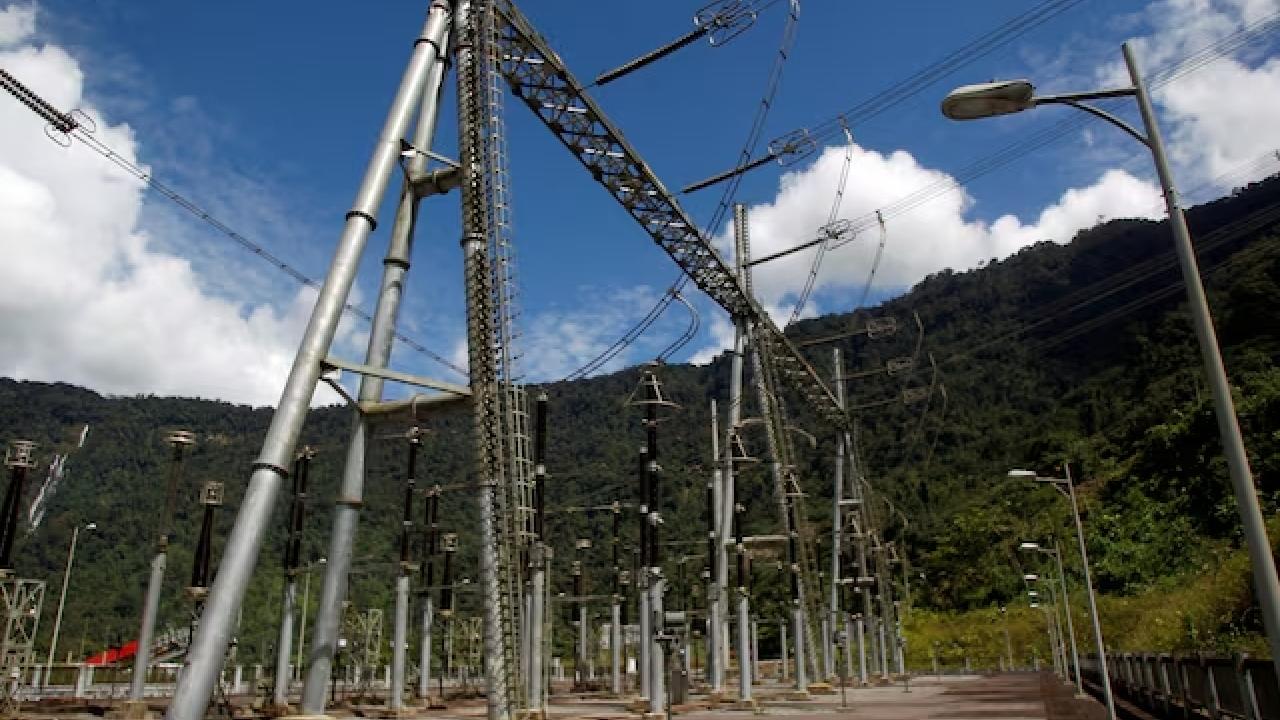
Ecuador's energy minister said it will cost the country around US$10 billion to repair its electricity sector over the next decade.
Ecuador's electricity situation is sensitive and, with the early arrival of the dry season, the Andean country faces an electrical emergency with time against it.
In addition, energy demand has increased by 10%, which means that Ecuador will have to invest annually in generating more than 500 megawatts (MW) of base power.
The measures implemented by the central government in coordination with the Ministry of Energy in the short term have been aimed at obtaining an additional 750 MW. This will cost between US$ 900 and US$ 1,000 million. 500 MW of new energy generation will be purchased and 250 MW will be rented on barges.
This was stated by the Ecuadorian Minister of Energy, Antonio Goncalves, on Tuesday, August 27, via the Huancavilca radio station in the morning hours. It will take us 4 to 5 years to get out of the electricity crisis, he indicated.
However, Goncalves previously said that one to two barges would be needed, but today he confirmed that two to three barges will be needed to avoid blackouts.
The official insisted that this is the quickest alternative to take: "We will need more than two or three barges, to avoid interruptions, in reality the philosophy is that there is nothing more expensive than being with interruptions," he said.
He also spoke about the electricity master plan, which had not been updated since 2018, and estimated that in the next ten years it could cost Ecuador US$ 10 billion to repair the electricity sector and adapt it to the growth in demand projections, which this year is at 10%.
This is based on the electricity master plan that was updated in August 2024, which includes a roadmap with the strategic actions to be taken in the electricity sector to cover the electricity demand projected for a decade.
Regarding the association regulations, Goncalves indicated that the idea of this association with private entities is to finance electrical construction projects with high costs, which Ecuador cannot afford due to its lack of fiscal liquidity. So the idea is for private entities to invest in renewable energy.
In this regard, he commented on two blocks of medium-term projects for solar, wind and hydraulic energy. In the first block, 800 MW will be added and in the second, 900 MW. He assured that all this energy will arrive in two years.
He added that in the long term, the goal is to take advantage of the Andean country's volcanic activity to generate geothermal energy, which consists of using the internal heat of the earth to produce steam and move turbines. "This is constant energy," the official explained.
CLOSURE OF OIL WELLS AT ITT
In addition, the minister reported that the ruling of the Constitutional Court (CC) on the closure of block 43 will be complied with and the decision taken by Ecuadorians in the 2023 referendum - to keep the ITT oil underground - will be respected. Therefore, this Wednesday, August 28, the closure of operations in block 43 ITT will take place.
In this regard, the Government of Daniel Noboa presented to the CC a progressive exit plan for the closure of the ITT, since there are 248 wells in this place and there may be environmental risks.
The process of shutting down wells will thus be carried out gradually over the next five years, and the schedule will end in 2034.
On the other hand, the minister concluded that the reduced electricity rates paid by mining companies, as a result of the electricity subsidy directed to this industry, where large mining companies pay between 5 and 8 cents per kilowatt hour, is justified by the fact that this industry is “the future of Ecuador” and is growing. He assured that in five to six years it will exceed the income generated by the oil industry.










